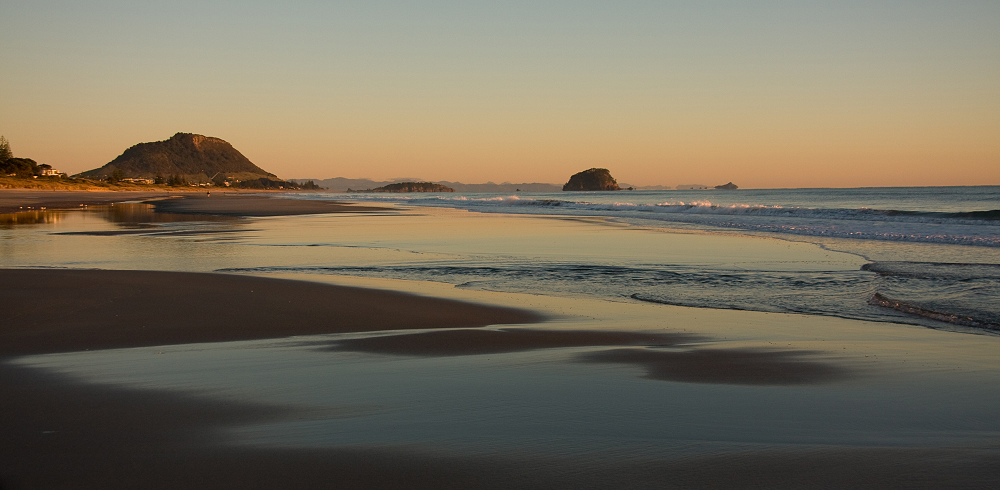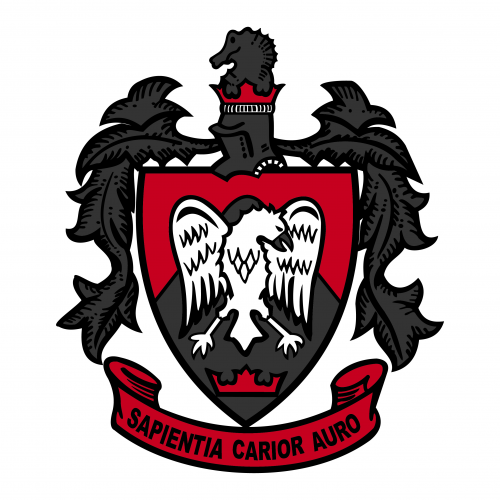
From the Principal
E ngā reo, e ngā waka, e ngā mana, tēnā koutou katoa.
I distinctly remember walking over the Tauranga Harbour Bridge when it opened in 1988. What I didn’t appreciate at the time was the impact that single piece of infrastructure would have on our city and quite specifically how Mount Maunganui would change. As many of you will know, this town became an increasingly popular place to live, work and play. There was rapid expansion of industry around Totara Street and Hewletts Road and a boom in apartments, townhouses and in-fill housing. The growth of cafes and restaurants have all contributed to a town that, while still familiar, is irreversibly different from the one of my youth.
Last Tuesday I was able to get a glimpse into our city's future, and I feel like the arrival of the University of Waikato to its Durham Street site may have a very similar impact on our city to that sparked by the building of the harbour bridge. While there will be employment opportunities, infrastructure growth (and challenges!) as well as economic opportunities and benefits, the potential for our young people to access high-quality university education on their doorstep will be the most significant positive change for our community. Our city is fortunate that we already have a thriving tertiary education sector with Toi Ohomai among others delivering quality post-secondary school education. With the arrival of the university, our students will have a much broader educational pathway without having to leave their home town.
Part of the appeal of heading to university is to expand your life experiences, and while many students will continue to move cities to pursue further education, the arrival of the university will mean families have much greater flexibility and choice.
Last year 71% of Mount Maunganui College leavers transitioned directly into tertiary study. For context, the Western Bay of Plenty transition rate was 67% (the same as nation-wide), and across the Bay of Plenty region, it was 65%. Of our students who went to a major university, the University of Waikato, University of Auckland, University of Canterbury and the University of Otago were the most popular with the University of Victoria (Wellington) and Massey University (Palmerston North) the least.
The most popular area of study for our students is engineering, followed by science, arts/society/culture and health. Business and commerce were not too far behind. It is encouraging to see that the needs of our students are going to be met by the University of Waikato at the Tauranga campus, with both engineering and science being accessible at various levels and sub-disciplines. The social sciences, sport, commerce, Māori studies, health, law and education feature prominently as well.
It's not difficult to feel optimistic about the future this city holds for our young people, and Mount Maunganui College will continue to promote the transitioning of students to higher learning both locally and further afield. As an educator and a parent, I welcome the arrival of the University of Waikato and I am excited about the prospect of developing stronger relationships with this part of our local tertiary sector.
Ngā mihi nui
Alastair Sinton
